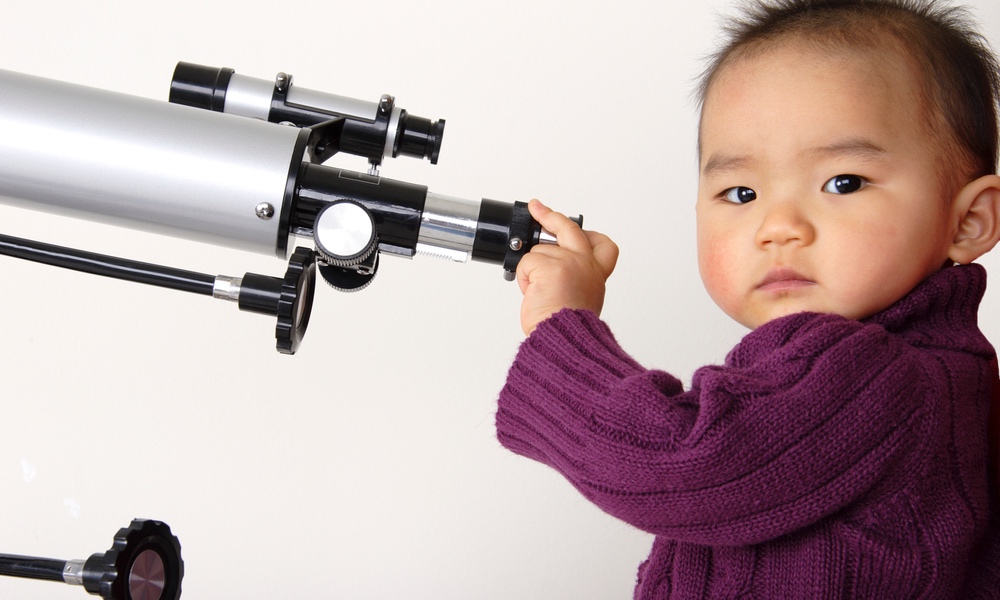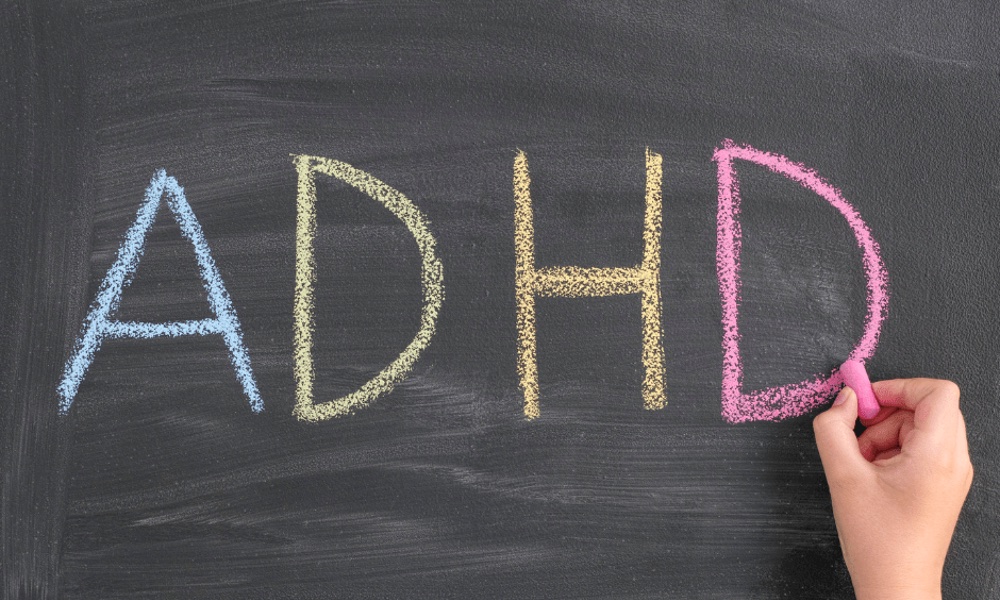There are leaders — maybe they are teachers, bosses or coaches — who are generally upbeat and inspiring and manage to get those they lead to follow their instructions pretty happily, even when they aren't around. Then there are those who bully or use threats to make people do what they want. Their orders are followed because their subordinates fear what will happen if they don't. Most of us can quickly tell the difference between these two types of leaders, and apparently babies can, too.
Children in their second year of life not only are able to distinguish between bullies and leaders, they even expect different responses from those dealing with the two types of individuals, a University of Illinois study shows.
“For example, infants will stare longer at scenarios where larger characters defer to smaller ones,” study author, Renee Baillargeon, explained. “They also take note when a character who normally wins a confrontation with another suddenly loses.”
Babies viewed a cartoon of a leader, a bully, or a character who was likeable but didn’t have any real power give the order “go to bed” to a small group of other cartoon individuals. The individuals initially obeyed the leader/bully, who then left the scene. At that point, the individuals either obeyed or disobeyed the earlier directive.The results suggest that our ability to tell the difference between good leadership and bully leadership begins early — as does an infant’s opinion about how to respond to each type of leader.
Interestingly, babies expected the characters to obey the leader regardless of whether they stayed or left the scene. Even after the leader left the scene, the infants’ eye-gaze suggested that they detected a “violation” when the characters disobeyed the leader. They expected a leader’s directions to be followed even after they’d gone.
But this wasn’t the case with bullies. It was only when the bully remained in the scene that the babies seemed to expect the other characters to obey. When the bully left the scene, the infants had no preference about whether their direction was followed — disobeying the bully once he/she was gone was just fine. This suggests that young kids expect a leader’s direction to be followed, but not a bully’s.
“In general, when the leader left the scene, the infants expected the protagonists to continue to obey the leader,” Baillargeon said. “However, when the bully left, the infants had no particular expectation: The protagonists might continue to obey out of fear, or they might disobey because the bully was gone. The infants expected obedience only when the bully remained in the scene and could harm them again if they disobeyed.”
The results suggest that our ability to tell the difference between good leadership and bully leadership begins early — as does an infant’s opinion about how to respond to each type of leader.
“Infants in the second year of life can already distinguish between leaders and bullies,” Baillargeon says. “Infants understand that with leaders, you have to obey them even when they are not around; with bullies, though, you have to obey them only when they are around.”
The study is published in Proceedings of the National Academy of Sciences.





